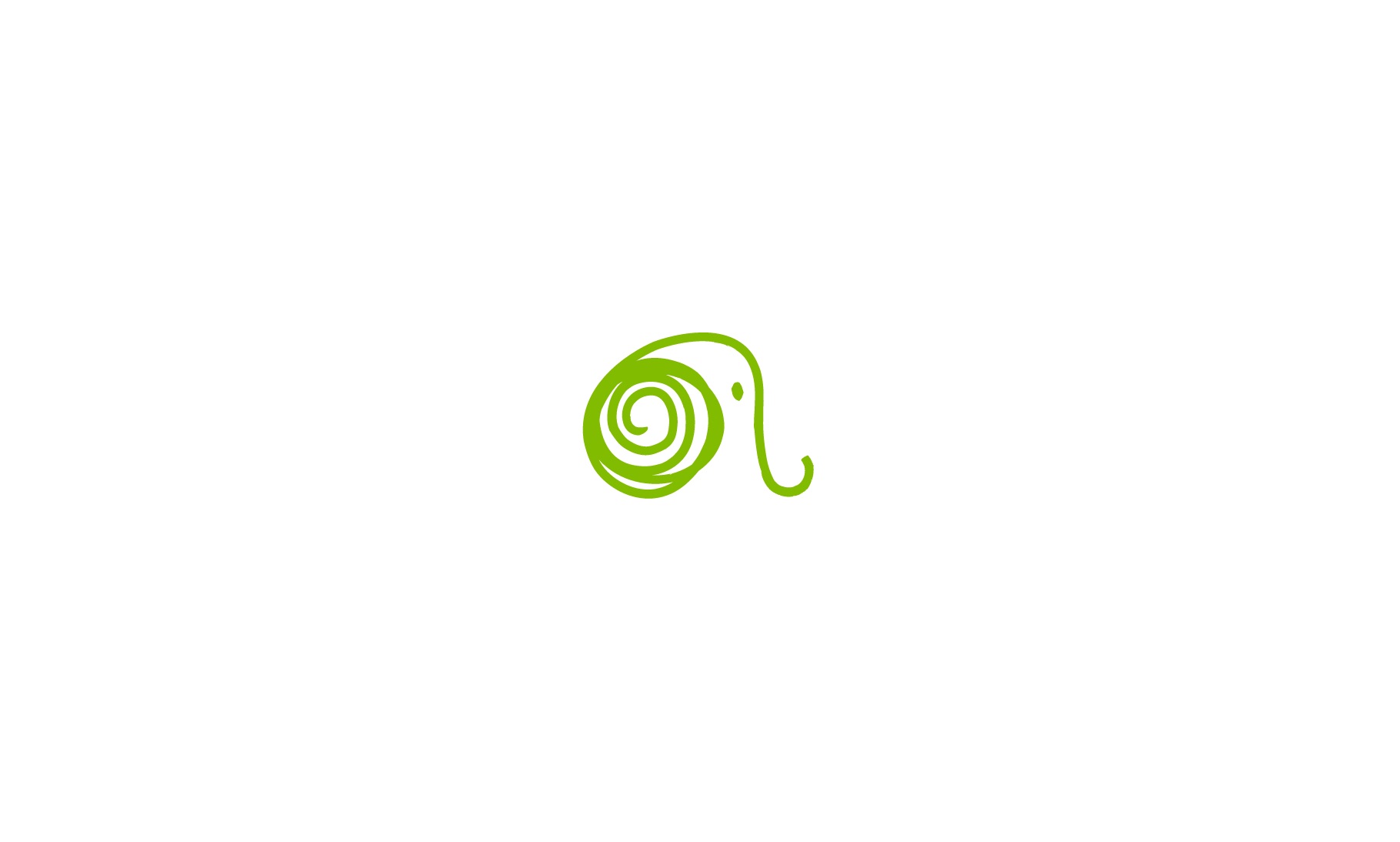Close and back to main video
PISA
PISA (Programme for Indicators of Students Achievement) is a project that began to unfold in 1992. Born due to the intention of the Organization for Economic Cooperation and Development (OECD) to try to assess school performance achieved by pupils of the member countries.
PISA, in addition to assessing the achieved performance, also intends to evaluate the quality of educational processes that bring students to the results. Thus, it attempts to measure skills and competencies in reading comprehension and math and the interpretation of reality by applying scientific knowledge. The test is done with a day in advance to 15 years old students, being indifferent the level they’re coursing (school repeaters or not).
From the educational community, it’s reiterated increasingly the high degree of decontextualization of PISA results when measuring. That is, it does not take into account the variables directly related to academic success such as family culture and their socioeconomic status or the situation of the school system being evaluated. In this sense, PISA test will be the same for a student in a Spanish public school that falls within the context of a slum with in the 30 students in the same class (some of them with specific special educational needs) and one teacher, that for another student who pursues his studies in a Finnish school where the ratio is 15 students by teacher, plus the individual reinforcements for each child with special educational needs.
Moreover, the PISA report leaves out from the evaluation other essential capabilities for personal and social development of pupils and students, for example, the ability to solve practical problems through creativity and social skills as basic as the self-knowledge or empathy.
For all these reasons, it would be wrong to consider the educational quality to PISA results.






